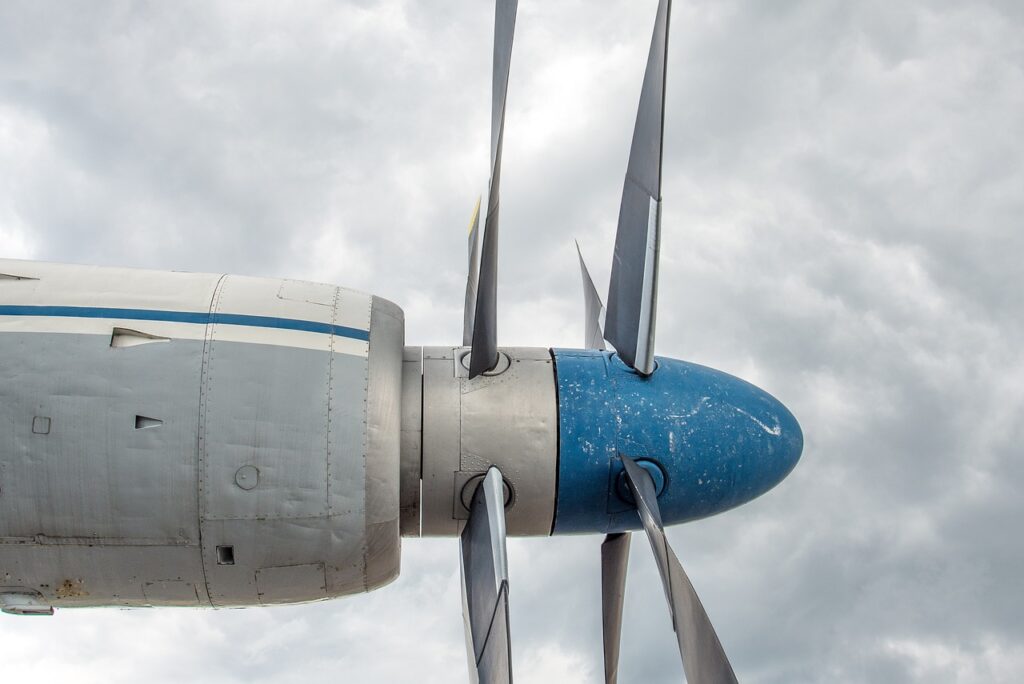Tallinn Airport has taken a significant step towards a sustainable aviation future by joining the Baltic Sea region (BSR) HyAirport project.
This ambitious three-year initiative aims to accumulate knowledge and create favorable conditions for the integration of hydrogen as a viable fuel source in the aviation industry. With participation from airports, airlines, research institutions, and technology firms across Scandinavia, the Baltic States, Poland, and Germany, the project signals a collective commitment to fostering innovation and reducing carbon emissions in air travel.
The primary objective of the HyAirport project is to spearhead the development, testing, and evaluation of practical solutions that facilitate the widespread adoption of hydrogen by airports and airlines. By exploring best practices in hydrogen storage, handling, and supply, the project seeks to overcome technical challenges and pave the way for the seamless integration of hydrogen infrastructure within airport operations. Additionally, the initiative aims to advocate for supportive legislation that accelerates the adoption of hydrogen as a sustainable aviation fuel.
Hydrogen technology holds immense promise as a clean and efficient alternative to traditional fossil fuels in aviation. As part of the HyAirport project, stakeholders will collaborate to explore the feasibility of hydrogen-powered aircraft and develop innovative solutions for hydrogen storage and distribution at airports. From fueling infrastructure to aircraft propulsion systems, the project will leverage cutting-edge technology to advance the transition towards a hydrogen-based aviation ecosystem.
The participation of Tallinn Airport in the HyAirport project underscores its commitment to environmental sustainability and carbon reduction. By setting ambitious goals of achieving carbon neutrality by 2025 and climate neutrality by 2030, Tallinn Airport is leading the charge towards a greener future for air travel. Through the adoption of green fuels and the promotion of sustainable practices, the airport aims to minimize its environmental footprint while inspiring other stakeholders in the aviation industry to follow suit.





